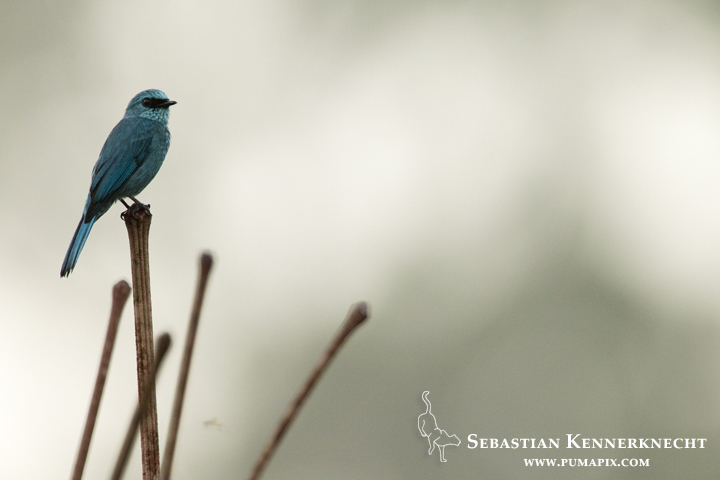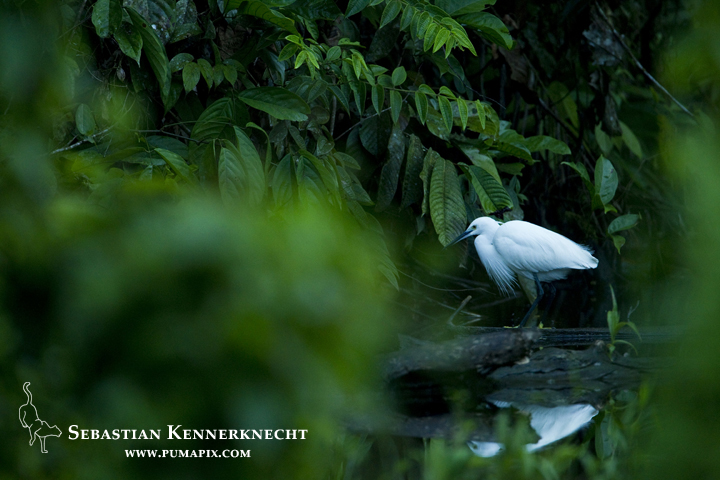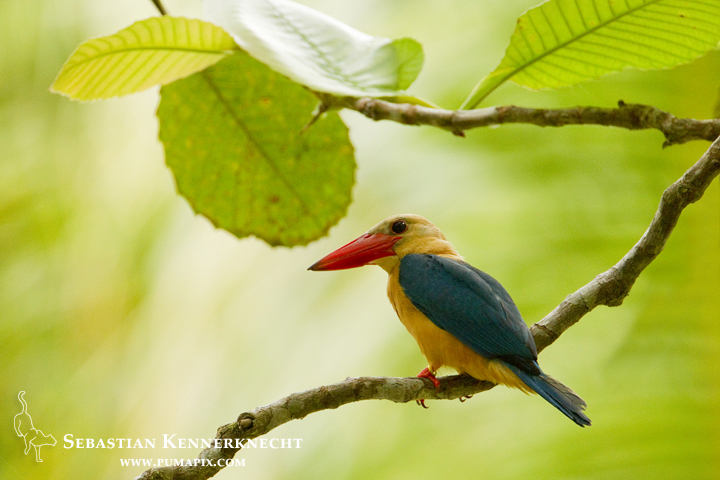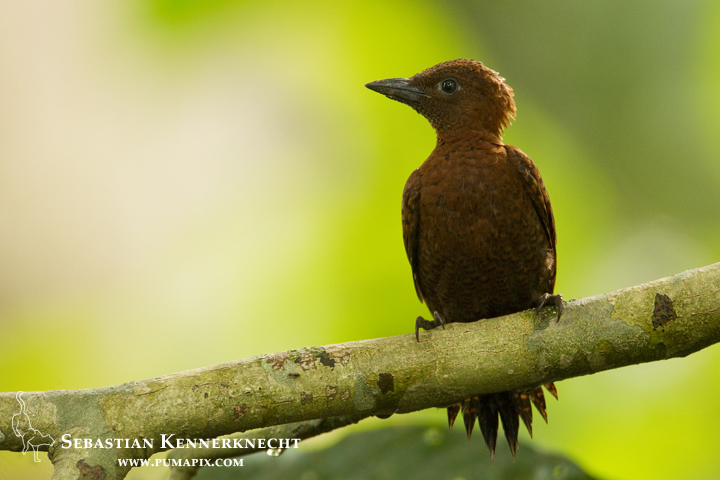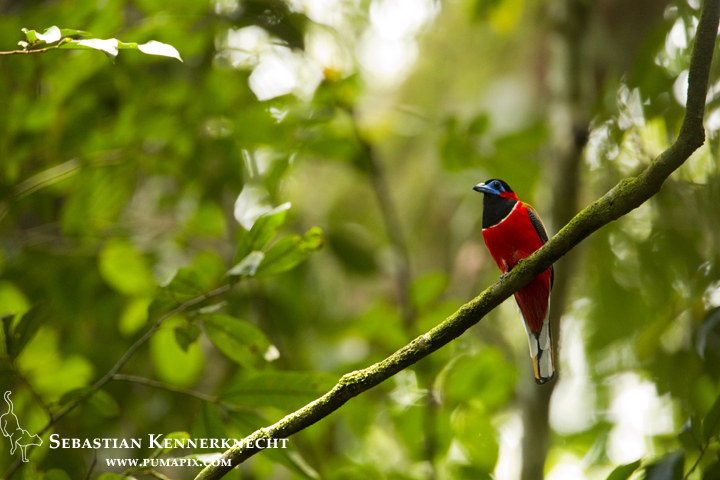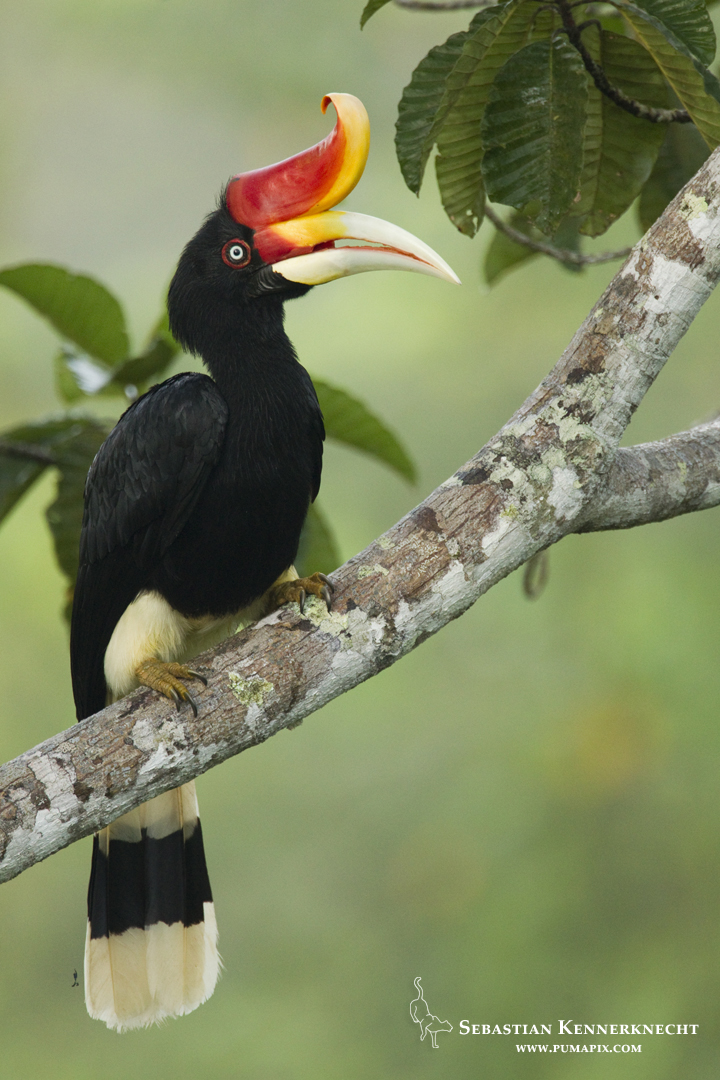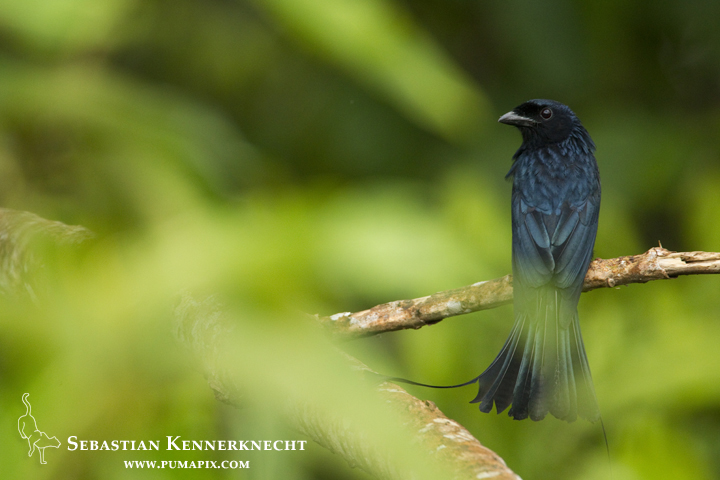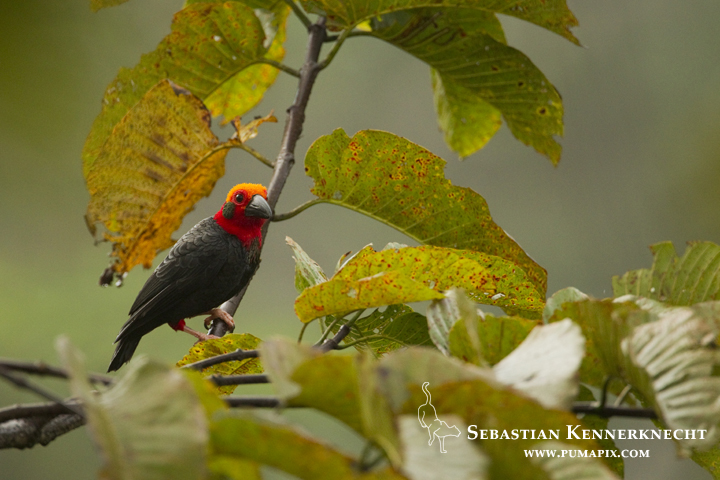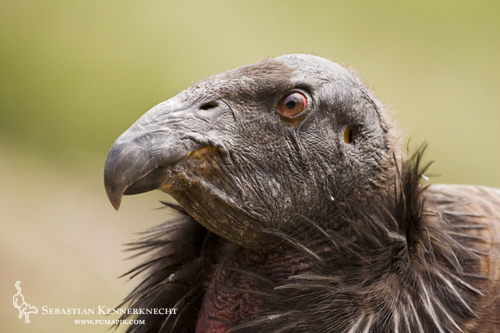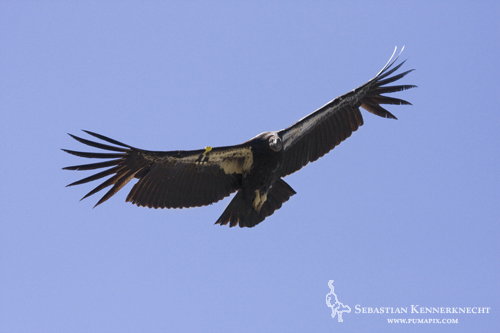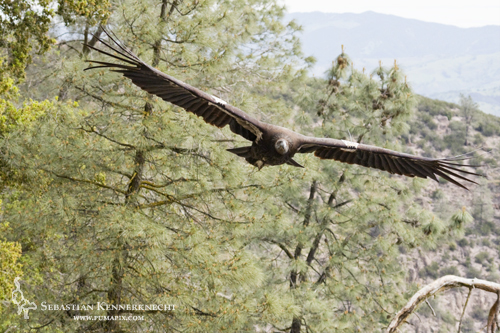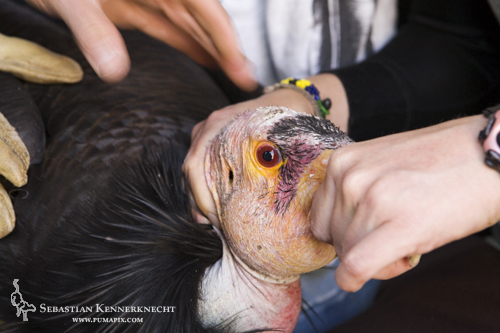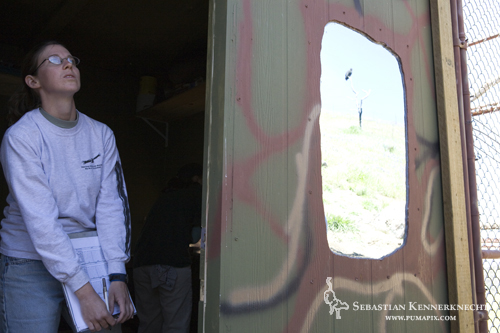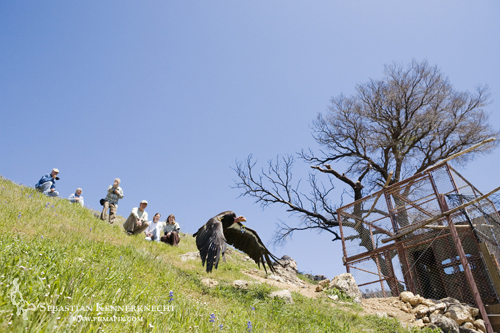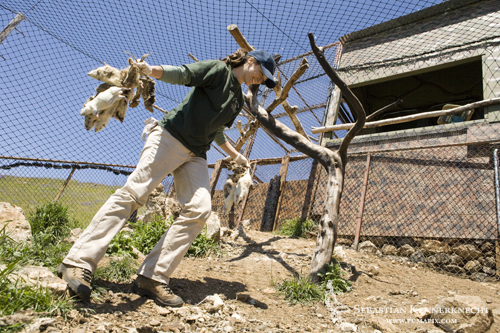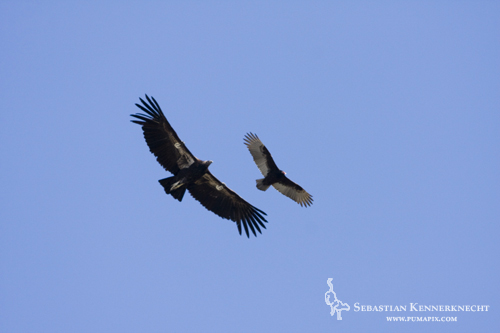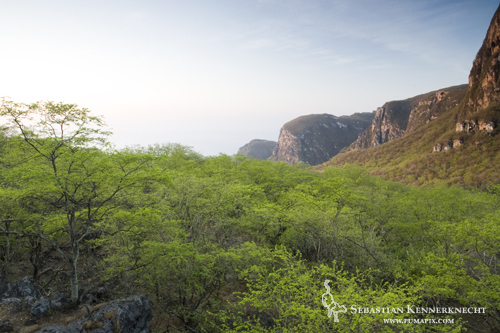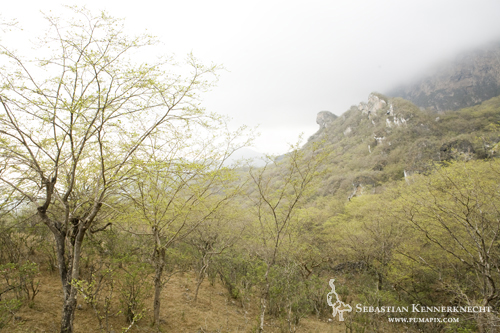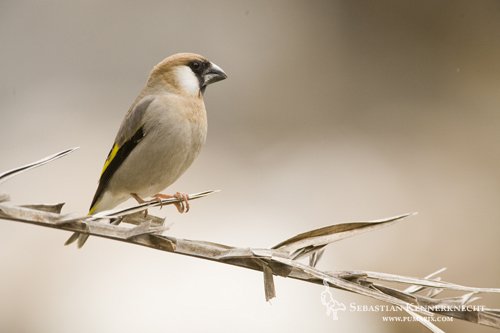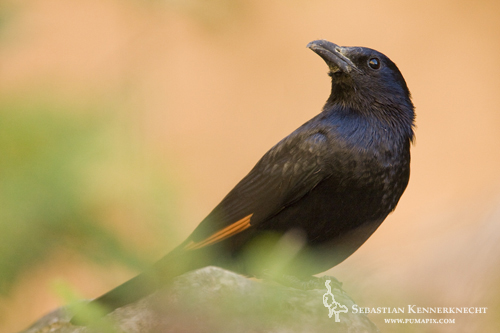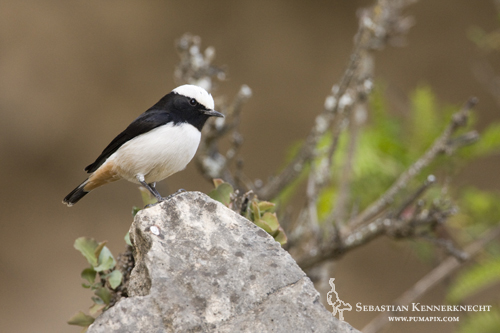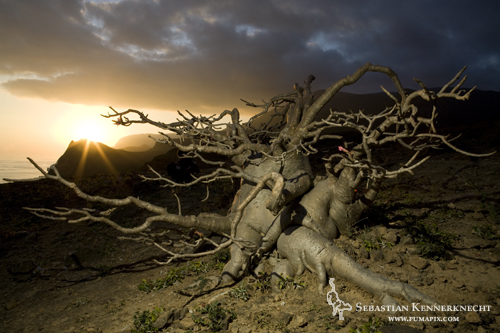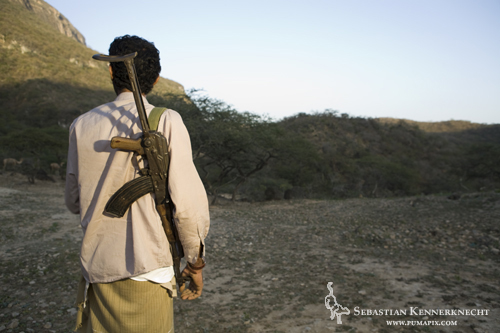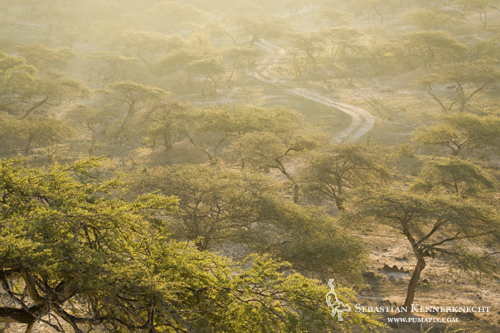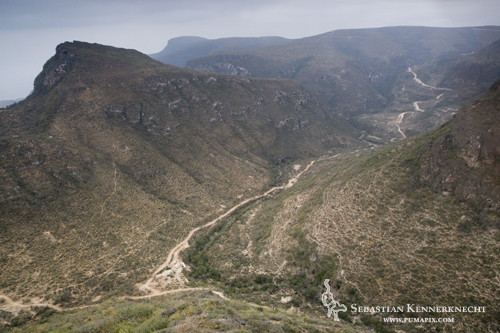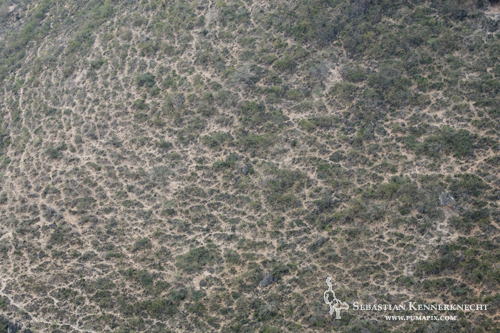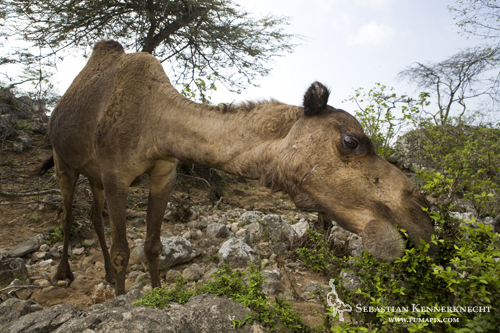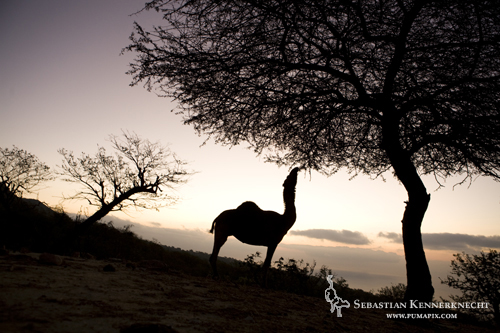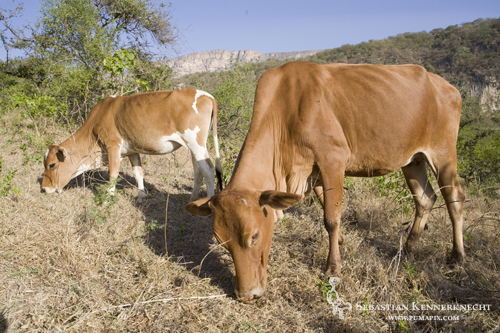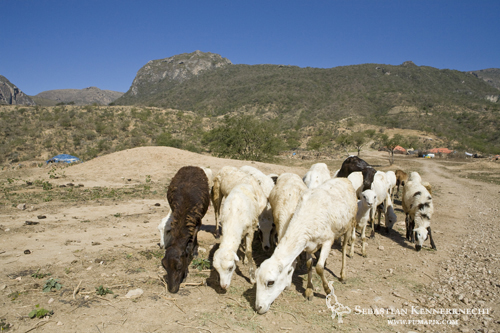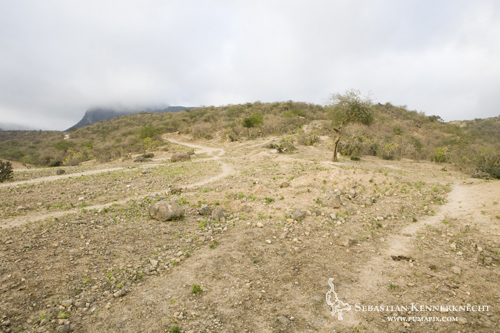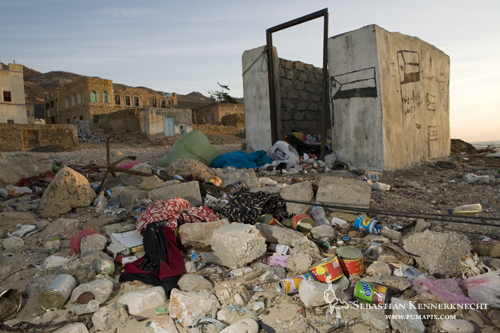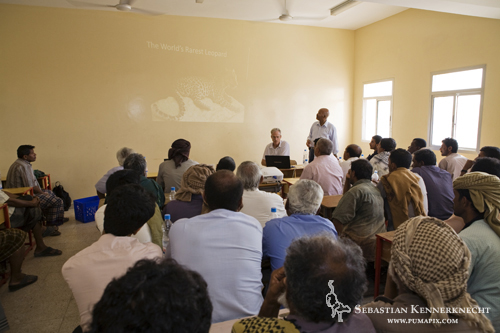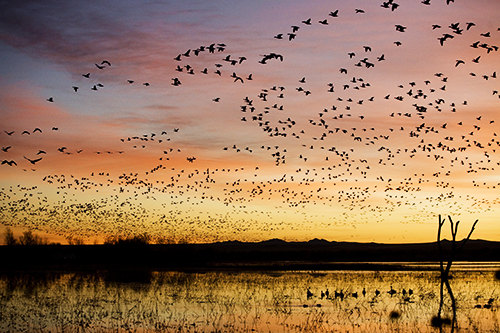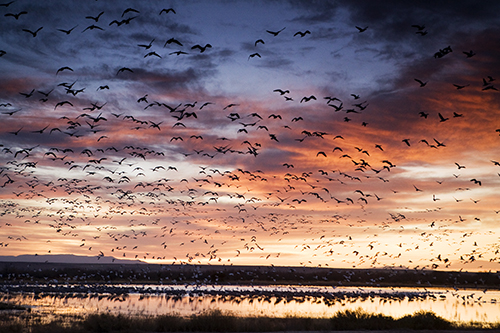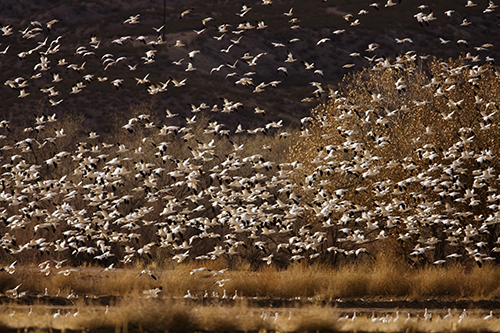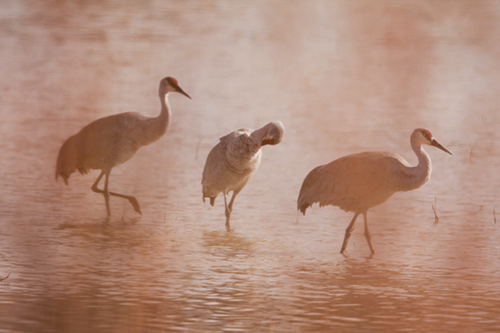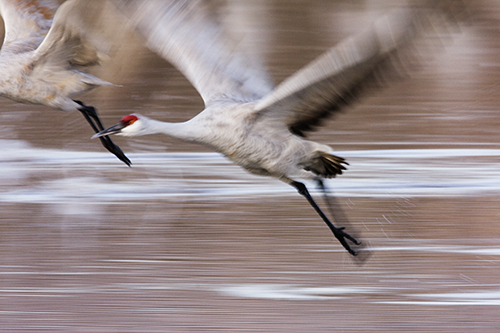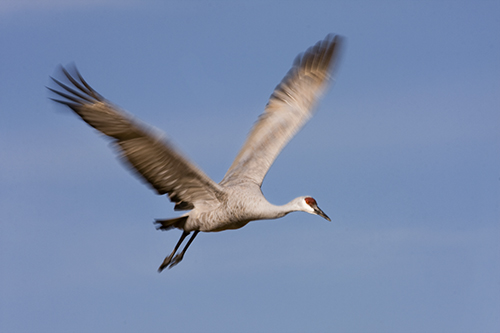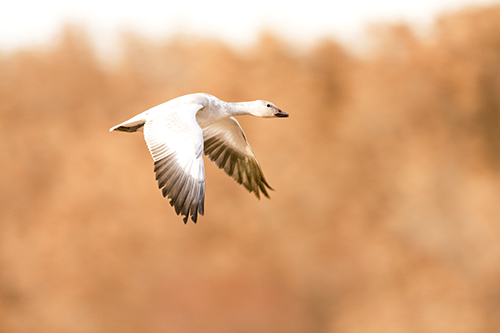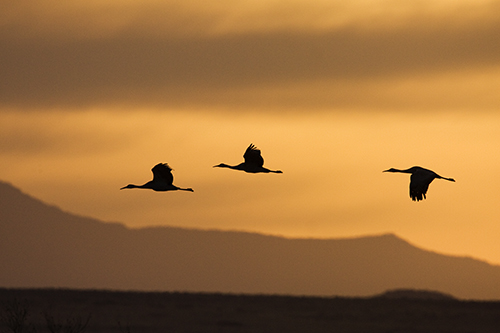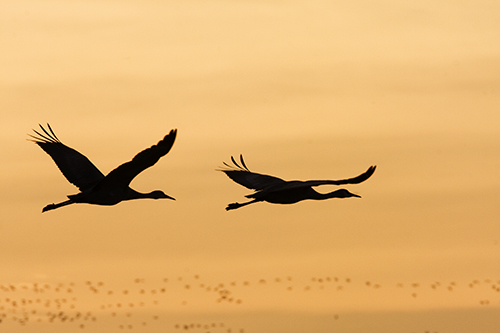Over 600 bird species have been recorded in Borneo and boy are they magical. When you are only used to seeing North American bird species, like me, with the exception of the bird species I saw in Yemen, your bird world changes quite drastically when you come to this tropical island. All of a sudden you realize that bird watching or in my case bird photography has a whole new dimension to understand and explore. Due to the extreme density and diversity in trees, birds specialize in what part of the forest they forage and hang out in. Is it the understory, middle story, upper story, or canopy?
At first I was getting extremely frustrated because I couldn’t seem to find any birds, but this was simply due to the fact that I had not learned to read the forest. I had to stop trying to see birds the way I did in the States and instead adopt the jungle view of bird life. Since I was stationed at Tawau Hills Park I was limited to looking for understory birds, which was quite the task in itself. With vegetation being extremely dense, (as I described in this blog post), it was tough going but with time I learned to be more patient and take a sit and wait approach rather than my usual stalk and pounce method. When I would hear a bird call, I would simply stop and wait until I spotted movement and then I followed the bird until it came close enough for pictures (which as you know is most often not the case) . So, first came the understory birds:
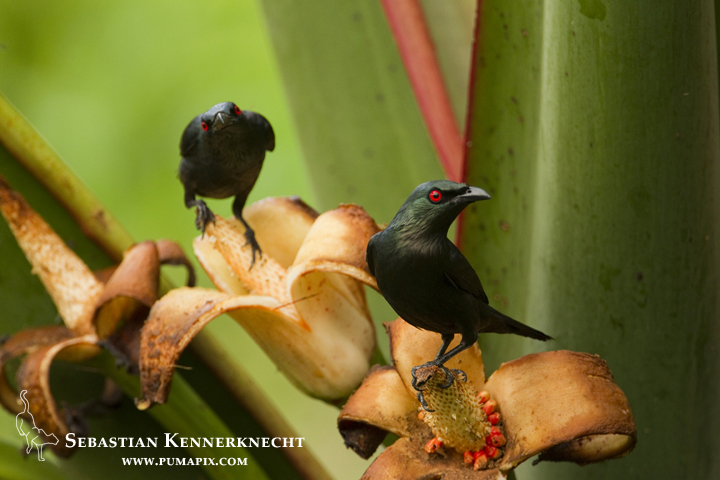
Asian Glossy Starling (Aplonis panayensis) pair on Elephant Ear Taro (Alocasia macrorrhizos) flower, Tawau Hills Park, Sabah, Borneo, Malaysia
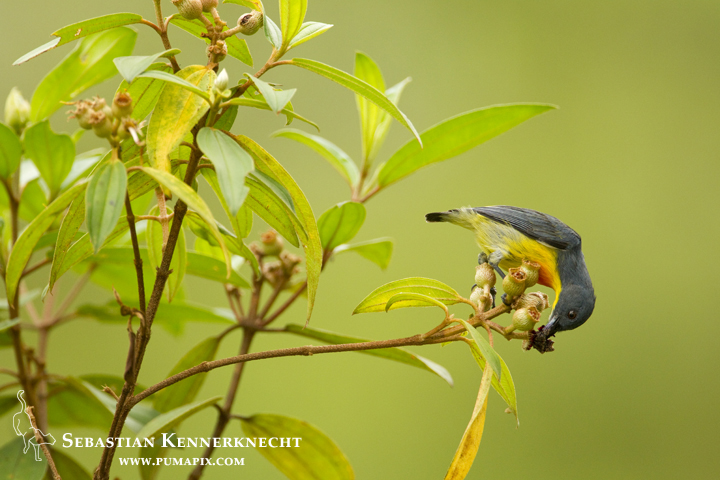
Yellow-rumped Flowerpecker (Prionochilus xanthopygius) male feeding on flower nectar, Danum Valley Conservation Area, Sabah, Borneo, Malaysia
After a month at Tawau I took a quick side trip further north in Sabah to Sepilok, and more specifically Sepilok Rainforest Discovery Center,a nature reserve set up by a former forest ranger. It is comprised of the same jungle I was used to in Tawau, with one major difference. There was a canopy walkway. These metal paths and towers, propped up up to 90 feet in the air, provided the access to see the birds of the middle and upper story, as well as the canopy. All the birds I only heard in Tawau were now only feet away, going about their business as if it wasn’t weird that a human being is casually walking through the trees.
The birds of the middle story:
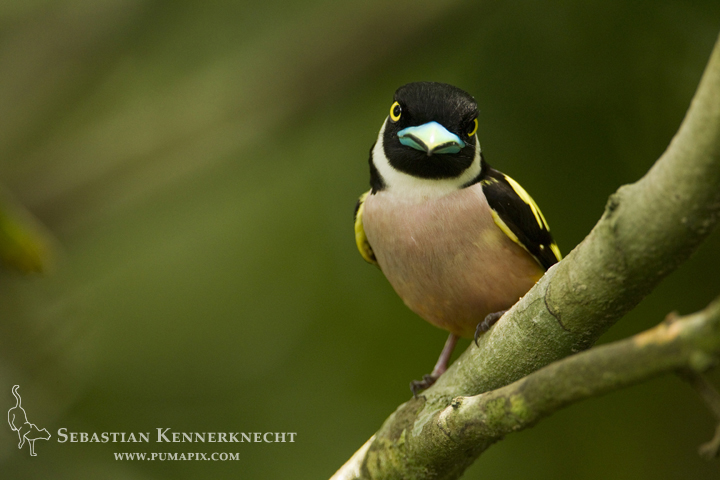
Black-and-yellow Broadbill (Eurylaimus ochromalus) female, Sepilok Forest Reserve, Sabah, Borneo, Malaysia
The birds of the upper story and canopy:
Most special of all the birds though was the endemic Bristlehead. This is an incredibly unique bird, in fact, it is the only species in its whole bird family (which is Pityriaseidae). I only got to see this bird one time, but it was nice enough to hang around for 1-2 minutes which provided enough time to marvel at its beautiful yellow and red feathers and to get a close look at its uniquely shaped bill.
Borneo was a huge learning curve, but one I was happy to undergo. The shapes, colors, and behaviors of these birds is just magical. I can only recommend you checking them out yourself!
*If you are interested in purchasing any of the pictures displayed in this post, please check out my fine prints page for pricing.*

